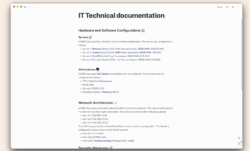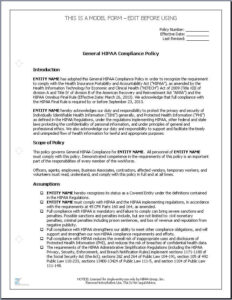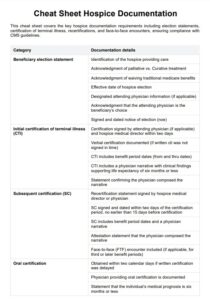Ever had that “Eureka!” moment? That brilliant idea that could revolutionize your business, streamline a process, or solve a nagging problem? But before you invest significant time and resources, you need to validate it. That’s where a proof of concept (POC) comes in. And to keep that POC organized and on track, you need solid proof of concept template documentation.

Think of a proof of concept as a mini-experiment, a focused test drive of your idea. It’s about demonstrating feasibility, identifying potential challenges, and gathering valuable insights early in the development process. But a POC without proper documentation is like navigating without a map. You’ll likely get lost, waste time, and end up with unclear results.
This article will guide you through the ins and outs of crafting effective proof of concept template documentation. We’ll explore the key components, best practices, and provide you with the knowledge to create documentation that will maximize the value of your POC and ultimately increase your chances of success. Let’s get started!
Why Comprehensive Proof Of Concept Template Documentation Matters
Documenting your proof of concept isn’t just about ticking a box; it’s about creating a valuable resource that informs decision-making and mitigates risks. Comprehensive documentation ensures everyone involved understands the project’s goals, methodology, and outcomes. It acts as a central source of truth, preventing misunderstandings and promoting collaboration.
Imagine presenting your POC results to stakeholders without clear documentation. They might question your methodology, doubt the validity of your findings, and ultimately reject your proposal. Well-structured proof of concept template documentation addresses these concerns proactively. It provides a transparent and auditable record of your work, building trust and credibility.
Furthermore, documentation serves as a valuable learning tool. By recording the challenges encountered and the solutions implemented, you create a knowledge base that can be used to improve future POCs and development projects. It allows you to avoid repeating mistakes and leverage past successes.
Specifically, consider the scenario where the initial POC team disbands or changes roles. Without documentation, new team members would have to spend significant time retracing steps and understanding the rationale behind previous decisions. Solid proof of concept template documentation provides the necessary context to onboard new members quickly and efficiently.
The best proof of concept template documentation also facilitates better communication. It ensures that all stakeholders, from developers to executives, are on the same page. This shared understanding is crucial for aligning expectations, managing scope, and ultimately achieving the desired outcomes. Therefore, investing time in creating robust documentation is a smart move that pays dividends throughout the entire project lifecycle.
Key Elements Of Effective POC Documentation
Creating effective proof of concept template documentation involves several key elements. Each element contributes to the overall clarity, completeness, and usefulness of the documentation. Let’s explore these essential components.
First and foremost, you need a clear and concise problem statement. What problem are you trying to solve with this POC? What are the specific objectives you hope to achieve? Clearly defining the problem sets the stage for the entire POC and ensures that everyone understands the focus of the effort.
Next, detail the proposed solution. How will your idea address the problem you’ve identified? Describe the key features, functionalities, and technologies involved. Include diagrams, mockups, or wireframes to visually represent the solution. This section should provide a clear understanding of how the proposed solution will work in practice.
Your documentation should also outline the scope of the POC. What aspects of the solution will be tested? What are the limitations of the POC? Clearly defining the scope helps manage expectations and prevents scope creep. It also allows you to focus your resources on the most critical aspects of the solution.
Include a detailed description of your methodology. How will you conduct the POC? What data will you collect? What metrics will you use to measure success? A well-defined methodology ensures that the POC is conducted in a rigorous and scientific manner. This strengthens the validity of your results and builds confidence in your findings.
Finally, your documentation should include a plan for evaluating the results. What criteria will you use to determine whether the POC is successful? How will you analyze the data you collect? What conclusions can you draw from the results? A clear evaluation plan ensures that you can objectively assess the outcome of the POC and make informed decisions about next steps. By thoughtfully addressing each of these elements, you can create proof of concept template documentation that is both comprehensive and effective, adding immense value to your project.
Ultimately, thorough documentation ensures that future teams can learn from the successes and failures of this proof of concept. It’s an invaluable asset that continues to provide value long after the initial project concludes.
By following these steps, you can be sure that you’ve created documentation that supports your business goals, promotes transparency, and paves the way for informed decision making, and the use of a proof of concept template documentation can help keep the project on track.



